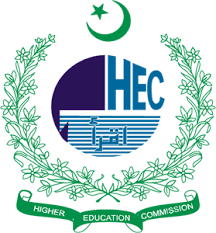Religious Presentation in Pakistani TV Dramas: A Comparative Discourse Analysis of Pakistan Television and Hum Television Dramas
DOI:
https://doi.org/10.59075/jssa.v3i1.162Keywords:
Representation, Religious Discourses, PTV, HUM TV, Urdu Dramas, Framing Analysis, Religion, Content Analysis, Character’s Identity, Urdu Drama Plot.Abstract
This study examines the discourses, its treatment and dimension in Pakistani television dramas regarding the representation of religion which is considered as the most important phenomenon among all the societies. PTV and HUM TV dramas are selected for exploring the representation of religion and the discourse being constructed by this portrayal. As a quantitative research methodology, the data is collected with the help of content analysis. The researcher draws the sample on the basis of two stage sampling techniques. The stratified sampling technique was considered as sample unit 1 (SU1) while the simple random sampling technique was denoted as sample unit 2 (SU2). The framing analysis (Modigliani, 1989) of religion suggested that most of the dramas were based on social issues rather than religious topics. Furthermore, the postulates of narrative analysis (Riessman, 2005) helped researchers in the construction of coding categories. The results of this research study show that the role of religion as a code of life is very infrequent. Additionally, this project explores the ideological implication of the religious discourses constructed in the dramas within the Pakistani society in the post 9/11 context.
Downloads
Published
How to Cite
Issue
Section
License
Copyright (c) 2025 Journal for Social Science Archives

This work is licensed under a Creative Commons Attribution 4.0 International License.



